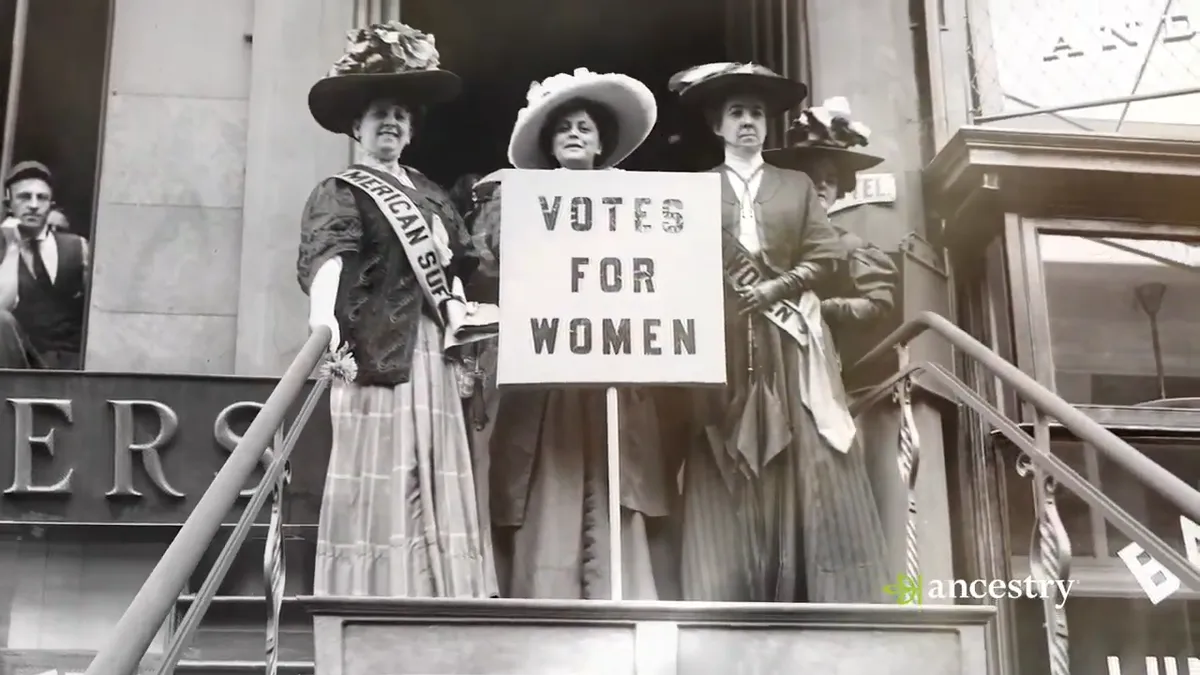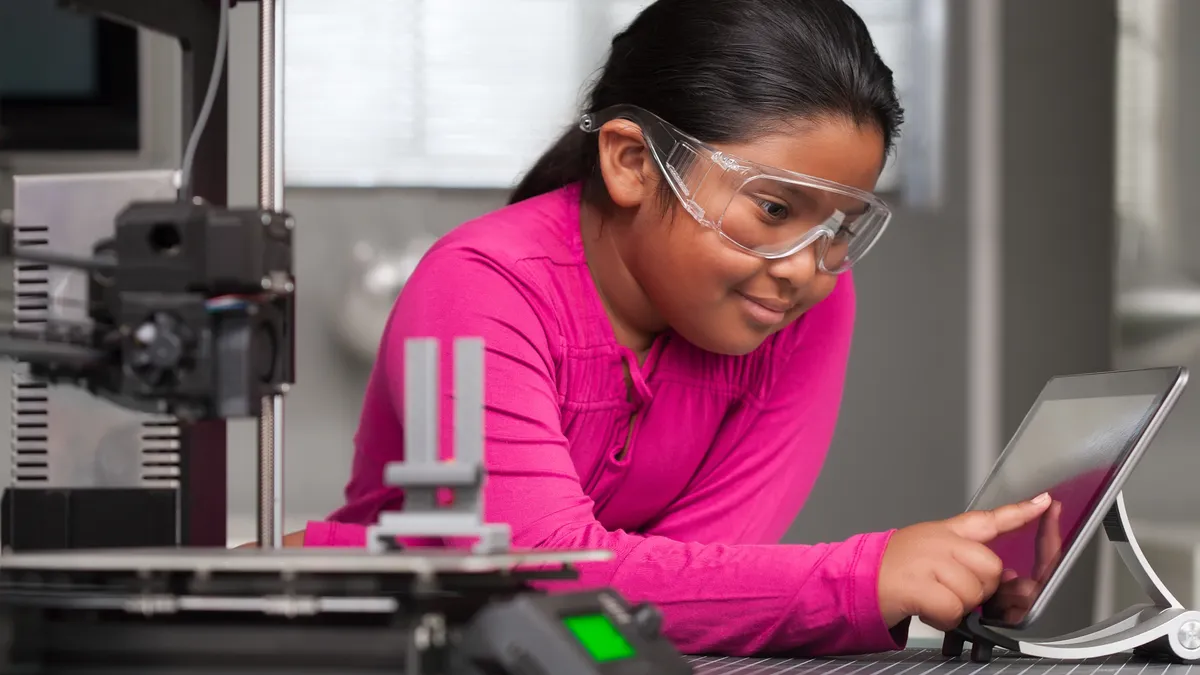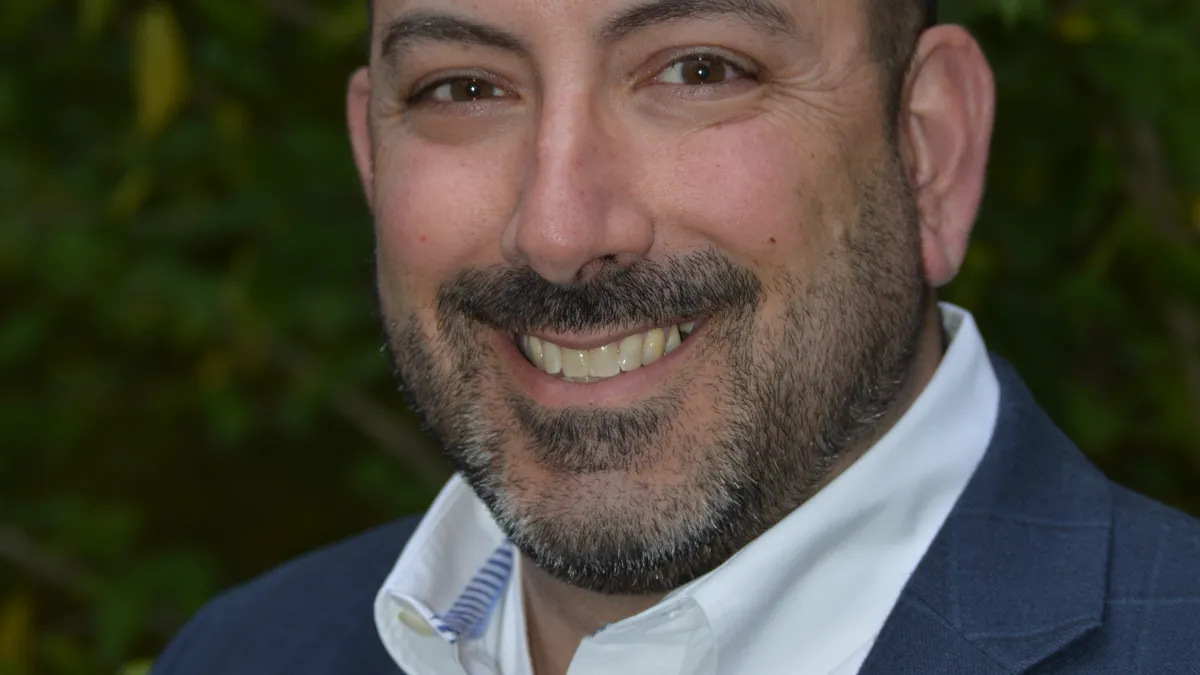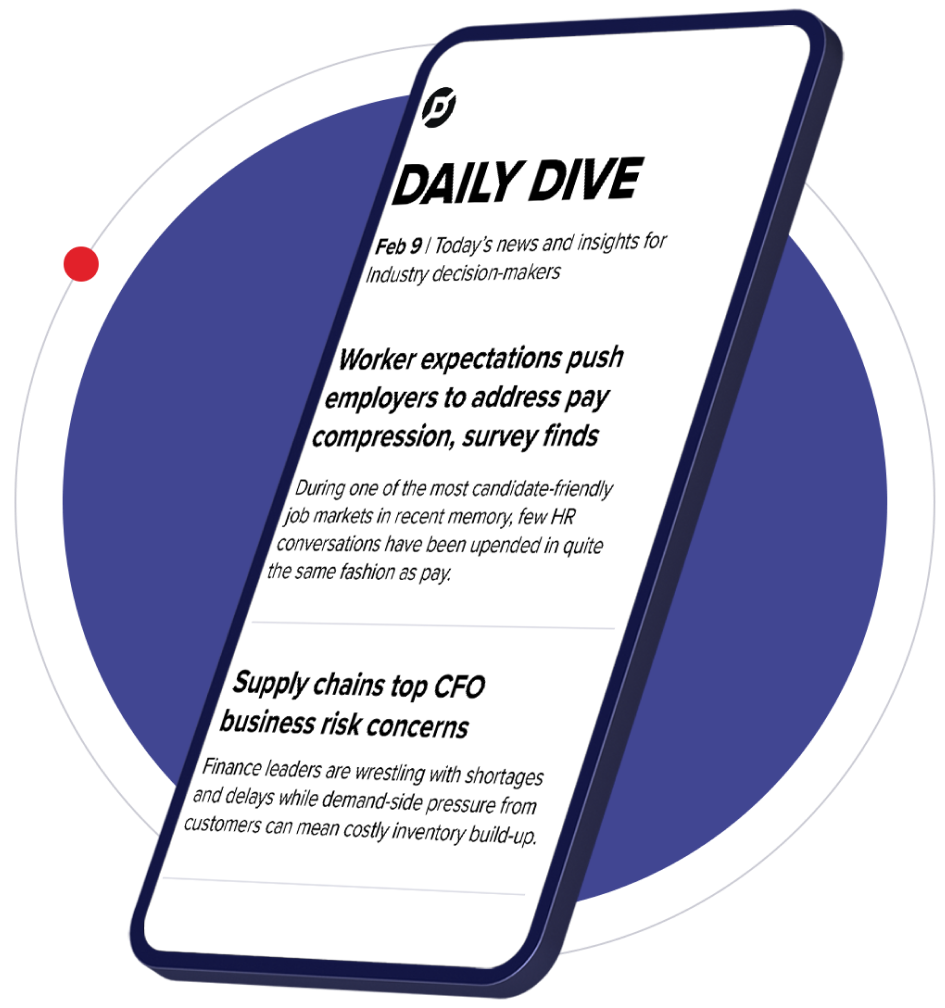Curriculum: Page 51
-
Q&A
Curricular Counsel: What makes a 'transformational' school?
Fully aware of the preponderance of buzzwords in K-12, Leicester Public Schools' Matthew X. Joseph shares an action plan to meaningfully rethink schools.
By Roger Riddell • March 11, 2020 -

 Retrieved from Ancestry on March 06, 2020
Retrieved from Ancestry on March 06, 2020
From suffragists to sports, Women's History Month offers lessons in civics, social impact and beyond
Efforts to have local figures recognized in public spaces are among ways to broaden students' perspectives of important women in history, experts say.
By Lauren Barack • March 11, 2020 -
 Explore the Trendline➔
Explore the Trendline➔
 Permission granted by Benetech
Permission granted by Benetech Trendline
TrendlineSTEM
From AI to quantum physics, STEM learning opportunities in K-12 are expanding to keep pace with related fields.
By K-12 Dive staff -
Active learning methods can help engage even the most difficult students
Educators can adapt teaching styles and examine their biases to better engage all students.
By Lauren Barack • March 11, 2020 -

 CDC/Alissa Eckert, MS. "covid-19 coronavirus on white". Retrieved from https://www.cdc.gov/media/subtopic/images.htm.
CDC/Alissa Eckert, MS. "covid-19 coronavirus on white". Retrieved from https://www.cdc.gov/media/subtopic/images.htm.
Educators find applications for coronavirus across curriculum
Novel coronavirus gives teachers plenty of lesson-planning fodder for science classes, but it's also relevant to social studies, math and more.
By Shawna De La Rosa • March 11, 2020 -
Opinion
4 steps for a successful instructional reboot
Two Ohio middle school teachers share lessons from using an online reading platform to support a complete reading curriculum overhaul.
By Polly Walters and Chris Kuenning • March 5, 2020 -
Using storytelling to teach critical thinking to students
Scaffolding literature so students explore thematic components can improve engagement and open connections to other academic areas, experts say.
By Lauren Barack • March 4, 2020 -
Project-based learning opportunities are in genealogy's DNA
The subject can engage students in personally relevant material while honing research and organizational skills, as one Massachusetts teacher has found.
By Shawna De La Rosa • March 4, 2020 -
DC area school districts revamp policies to address bias, hatred
School officials are tackling the issue with strategic adjustments that include not looking at incidents in isolation and strengthening diversity and inclusion.
By Natalie Gross • March 4, 2020 -
Georgia pre-K program enhances student learning with farm stand
Specialists say community gardens offer many developmental benefits to young students, and a farm stand can acclimate them to healthy eating choices and handling money.
By Shawna De La Rosa • Feb. 26, 2020 -
Sponsored by Altitude Learning
Grading reimagined: Designing a meaningful assessment practice that puts learning first
Develop an assessment practice allowing students to own their learning and show what they know in multiple ways.
By Erik Burmeister, Superintendent of Menlo Park City School District • Feb. 25, 2020 -
Teaching students how to argue begins with self-reflection
Supporting students as they learn to productively engage and converse in today’s political environment begins with the teachers.
By Lauren Barack • Feb. 19, 2020 -
Collaboration opportunities benefit students, but bumps in the road persist
One educator suggests beginning project-based learning and other team-centered exercises by drafting charters that keep groups focused on priorities.
By Lauren Barack • Feb. 19, 2020 -
Mentoring feeds personalized learning success
The Summit Learning platform's focus on mentoring is part of an industry shift away from a tech-only approach.
By Shawna De La Rosa • Feb. 19, 2020 -
Study: Remedial math in high school leads to 'modest' boost in college credit
The authors note co-requisite courses in college are more beneficial, but it will take more comprehensive support to increase two-year completion rates.
By Linda Jacobson • Feb. 19, 2020 -
Green initiatives expand hands-on science opportunities for students
At Grant Elementary School in Missouri, students grow native plants inside a portable classroom called the Eco-Schoolhouse that sports solar panels.
By Lauren Barack • Feb. 12, 2020 -
Q&A
Curricular Counsel: The middle school 'revolution' starts with culture, choice
Derek McCoy of Georgia's Grady County Schools says engaging young teens during the awkward transitional years is about shifting how learning is viewed and embracing options.
By Roger Riddell • Feb. 12, 2020 -
Washington kindergarten center prioritizes play
The Pathfinder Kindergarten Center houses 545 students in a building with heated floors and multiple indoor and outdoor play areas.
By Shawna De La Rosa • Feb. 12, 2020 -
Report: Diversifying teacher workforce, linking preservice to later performance among 'high-priority issues'
National Academies research notes having same-race teachers benefits students of color, but also suggests all teachers should recognize the "assets students are bringing into the classroom."
By Linda Jacobson • Feb. 12, 2020 -
College Board: AP participation and performance grow 'in tandem'
But CEO David Coleman said a "real crisis" still exists in expanding access to AP courses in rural schools.
By Linda Jacobson • Feb. 6, 2020 -
Deep Dive
Look deeper and within the community to make black history resonate
Examining local history, including young voices and challenging personal assumptions are all good ways to start, experts say.
By Lauren Barack • Feb. 5, 2020 -
Can dodgeball teach empathy?
The classic P.E. game is being tossed by educators who say it encourages bullying. But some see it as an opportunity to model valuable SEL skills.
By Naaz Modan • Feb. 5, 2020 -
Census data can bolster curriculum with real-world applications
Experts say bringing the data into a social studies class can spark a political discussion, while tying it into math provides practical application of skills.
By Lauren Barack • Feb. 5, 2020 -
9th-grade math tutoring proves beneficial for low-income students
A nonprofit's free in-school tutoring program is reportedly paying off, with students gaining up to two years more math progress than untutored peers.
By Shawna De La Rosa • Feb. 5, 2020 -
How scaffolding lessons can strengthen critical thinking development
Integrating a scaffolding approach can be time-intensive, but one research study shows doing so effectively can better equip students to see what they're learning in the context of how it's used in the real world.
By Lauren Barack • Jan. 29, 2020 -
New assessments needed to identify gifted students among underrepresented groups
Experts suggest including the assessment of factors like soft skills and interests can be a better metric for the capacity to develop "gifted" behaviors valued by employers.
By Shawna De La Rosa • Jan. 29, 2020



